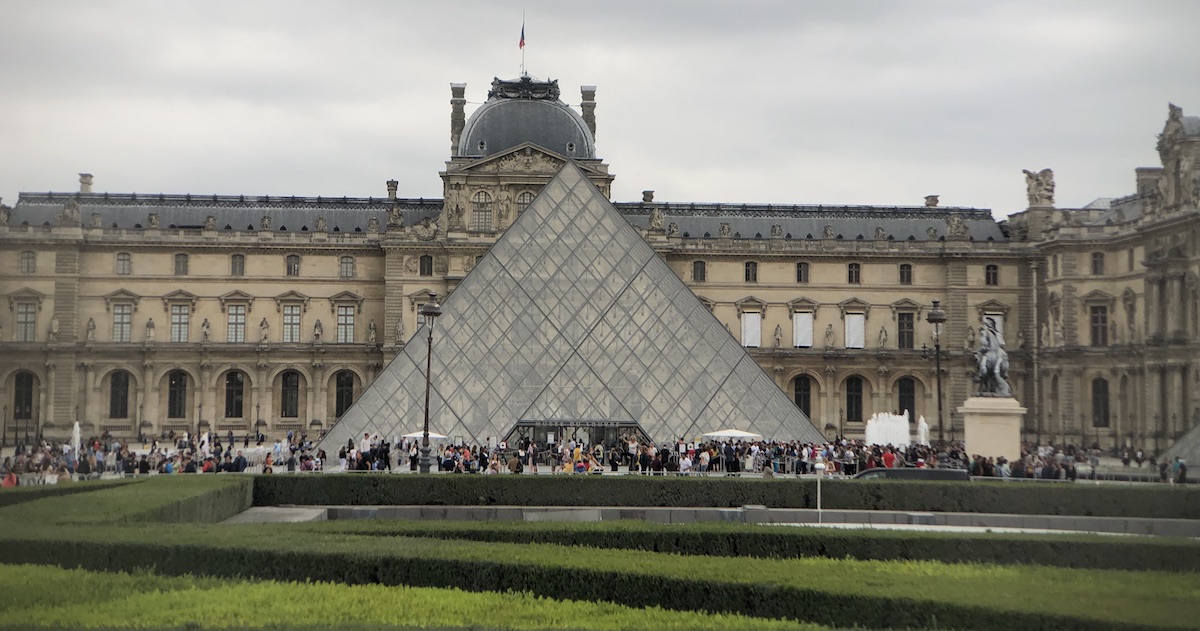The Louvre Museum in Paris, the world’s most visited art institution, was abruptly closed this morning following a high-stakes robbery in its historic Apollo Gallery.
According to early reports from French media, three masked men entered the museum shortly after opening time and used a service lift to reach the ornate gallery that houses the remnants of France’s crown jewels. Armed with compact chainsaws, the thieves removed nine items of jewellery before escaping on a scooter. The value of the stolen pieces has not yet been confirmed.
France’s Culture Minister, Rachida Dati, said no injuries were reported and police were on site. “Investigations are underway,” she stated from the scene, describing the incident as a serious breach of national heritage security. The Louvre later announced on social media that it would remain closed for the rest of the day for “exceptional reasons,” offering no further comment.
Footage circulating online showed crowds halted at the museum gates and visitors trapped inside as security procedures were enacted. One witness wrote: “Everyone’s being told to leave or wait outside. The security team is locked in.” The heavy grey gates, usually welcoming tens of thousands of visitors daily, stood shut under an uneasy autumn sky.
The Apollo Gallery, where the theft occurred, is among the museum’s most gilded chambers—a long, vaulted room lined with mirrors, gold ornament, and monumental canvases. Named for the Greek god of light, it has long been a symbol of royal opulence and national identity. The room contains jewels once belonging to French monarchs, including pieces linked to Marie Antoinette and Empress Eugénie.
That such an audacious act could unfold in one of the most heavily guarded museums in Europe has prompted scrutiny of security measures, especially with the city preparing for the upcoming Paris Art Basel fair. Police are examining how the thieves accessed restricted areas so quickly and whether they had prior knowledge of the building’s internal security systems.
The Louvre, occupying 73,000 square metres of exhibition space—larger than ten football pitches—has endured its share of upheavals since opening to the public in 1793. Once a royal palace, it became a repository for the nation’s treasures during the French Revolution and later a global emblem of art’s endurance amid political change. Today it houses more than 35,000 works, including Leonardo da Vinci’s Mona Lisa and Delacroix’s Liberty Leading the People, drawing nearly 30,000 visitors each day.
This morning’s theft recalls earlier museum crimes in Europe, where jewels and small decorative objects—compact, portable, and untraceable—have proved irresistible to organised networks. Yet the symbolism of the Louvre’s violation extends beyond material loss. The incident pierces the myth of the museum as an invulnerable fortress of culture, exposing the fragility of what it safeguards.
The museum’s courtyard at the glass pyramid was empty—police vans parked where queues usually gather—the silence hanging over the Seine. The city’s most recognisable symbol of civilisation has been forced to confront its own vulnerability.

